Mobulid rays feed on euphausiids in the Bohol Sea
May 2017
Christoph A. Rohner, Katherine B. Burgess, Joshua M.Rambahiniarison, Joshua D.Stewart, Alessandro Ponzo & Anthony J. Richardson
Keywords: Feeding Ecology • Tropical Zooplankton • Elasmobranchs • Mobulidae • Mesopelagic Prey • Krill
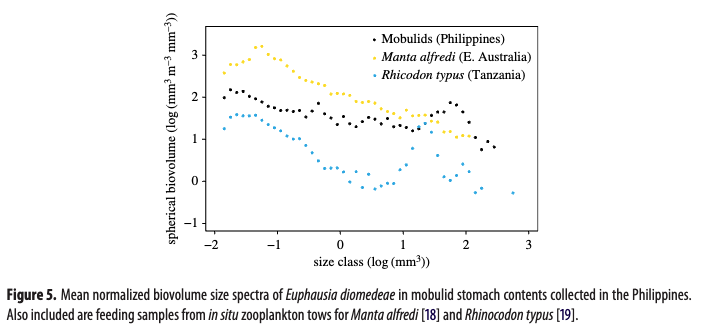
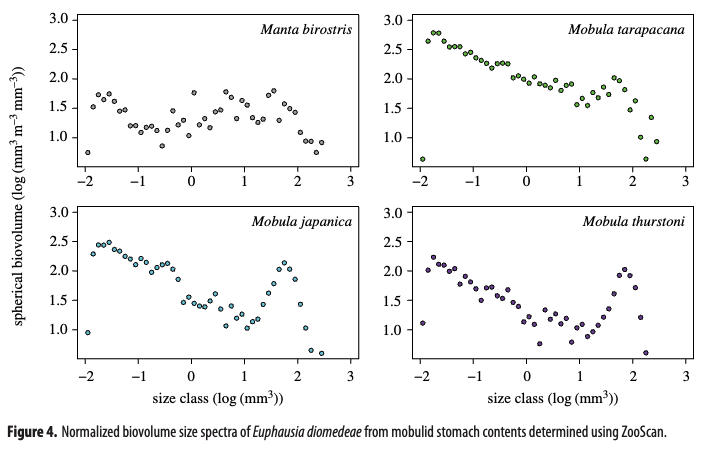
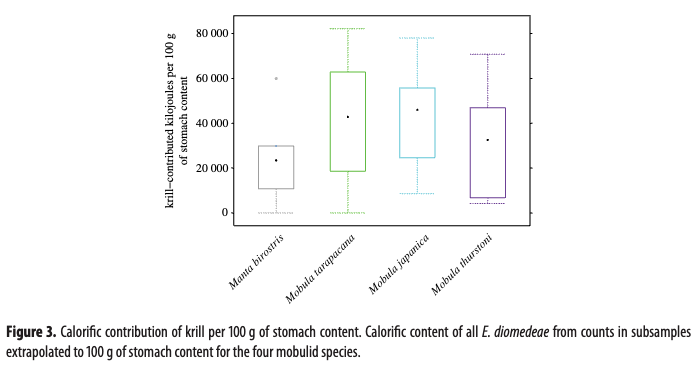
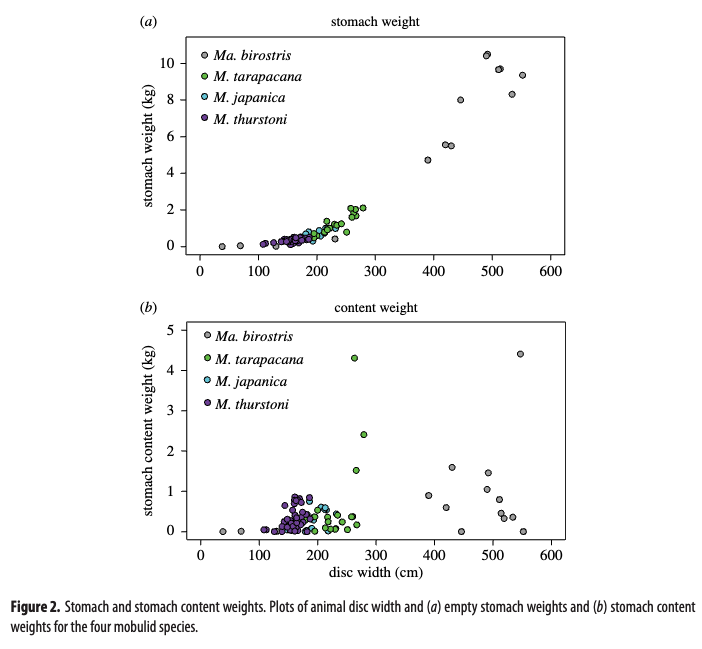
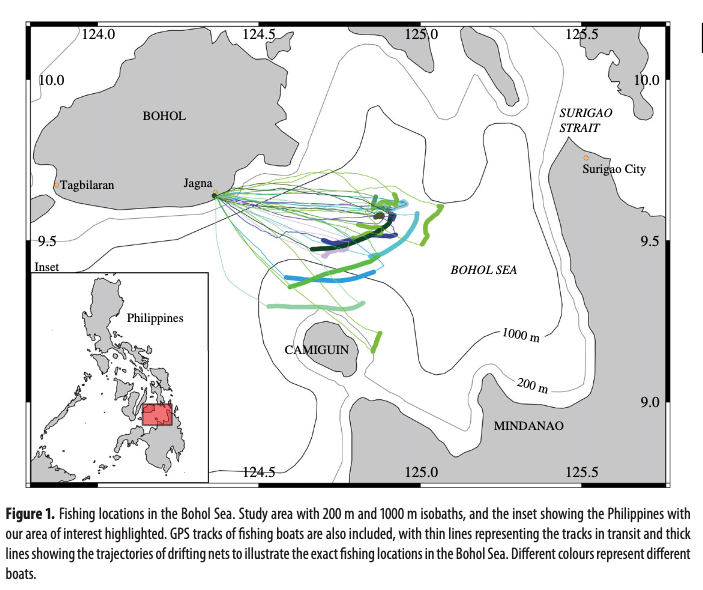
Summary: Mobulid rays, including Manta birostris, Mobula tarapacana, M. japanica, and M. thurstoni, were studied in the Bohol Sea, Philippines, to understand their feeding ecology. Stomach content analysis revealed that these rays heavily feed on euphausiid krill for about six months each year. There was little trophic separation among the species, with Euphausia diomedeae being the main prey item for all four species. This krill provided a significant amount of energy, serving as an important food resource for large filter feeders in tropical seas. The study suggests that identifying common foraging grounds overlapping with fishing areas could aid in effective fisheries management for these vulnerable species with conservative life histories.
Abstract
“Mobulid rays have a conservative life history and are caught in direct fisheries and as by-catch. Their subsequent vulnerability to overexploitation has recently been recognized, but fisheries management can be ineffective if it ignores habitat and prey preferences and other trophic interactions of the target species. Here, we assessed the feeding ecology of four mobulids (Manta birostris, Mobula tarapacana, M. japanica, M. thurstoni) in the Bohol Sea, Philippines, using stomach contents analysis of fisheries specimens landed between November and May in 2013–2015. We show that the mobulids feed heavily on euphausiid krill while they are in the area for approximately six months of the year. We found almost no trophic separation among the mobulid species, with Euphausia diomedeae as the major prey item for all species, recorded in 81 of 89 total stomachs (91%). Mobula japanica and M. thurstoni almost exclusively had this krill in their stomach, while M. tarapacana had a squid and fish, and Ma. birostris had myctophid fishes and copepods in their stomachs in addition to E. diomedeae. This krill was larger than prey for other planktivorous elasmobranchs elsewhere and contributed a mean of 61 364 kcal per stomach (±105 032 kcal s.e., range = 0–631 167 kcal). Our results show that vertically migrating mesopelagic species can be an important food resource for large filter feeders living in tropical seas with oligotrophic surface waters. Given the conservative life history of mobulid rays, the identification of common foraging grounds that overlap with fishing activity could be used to inform future fishing effort.”
Author Affiliations
Marine Megafauna Foundation
Shark and Ray Research Group, School of Biomedical Sciences, The University of Queensland
Large Marine Vertebrates Research Institute Philippines
Scripps Institution of Oceanography, University of California
The Manta Trust
CSIRO Oceans and Atmosphere, EcoScience Precinct
Centre for Applications in Natural Resource Mathematics, School of Mathematics and Physics, University of Queensland
Funded by
University of Queensland Australian Postgraduate Award Scholarship
NOAA ONMS Nancy Foster Scholarship
Australian Research Council
